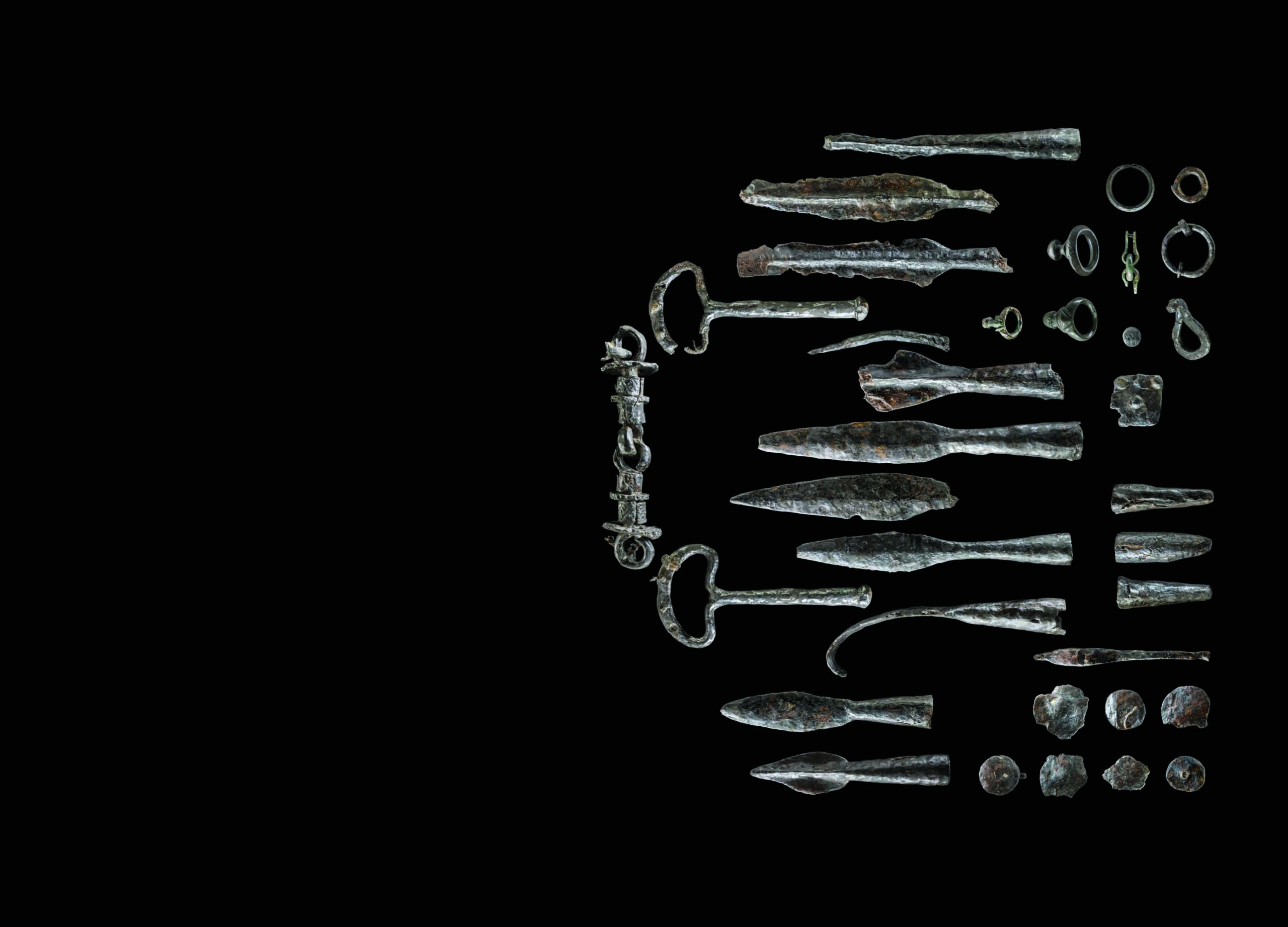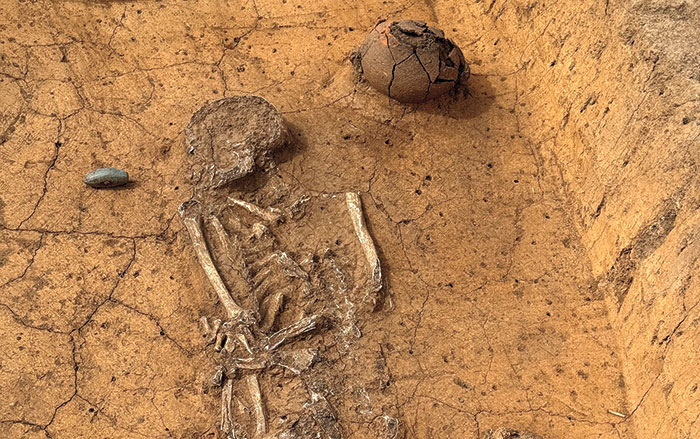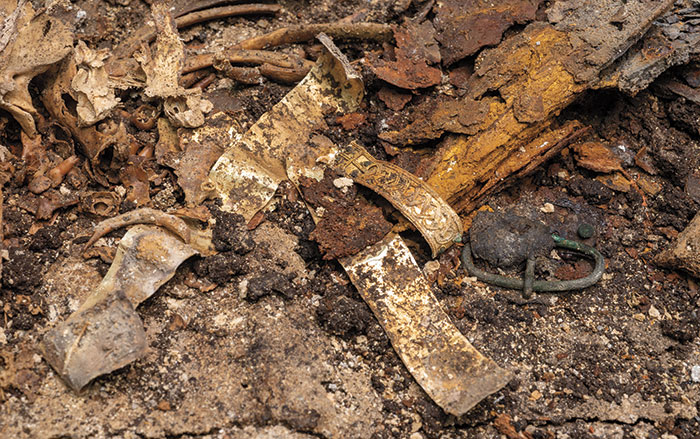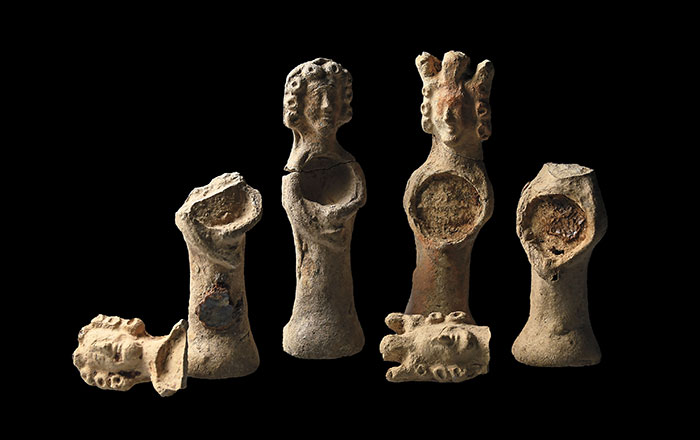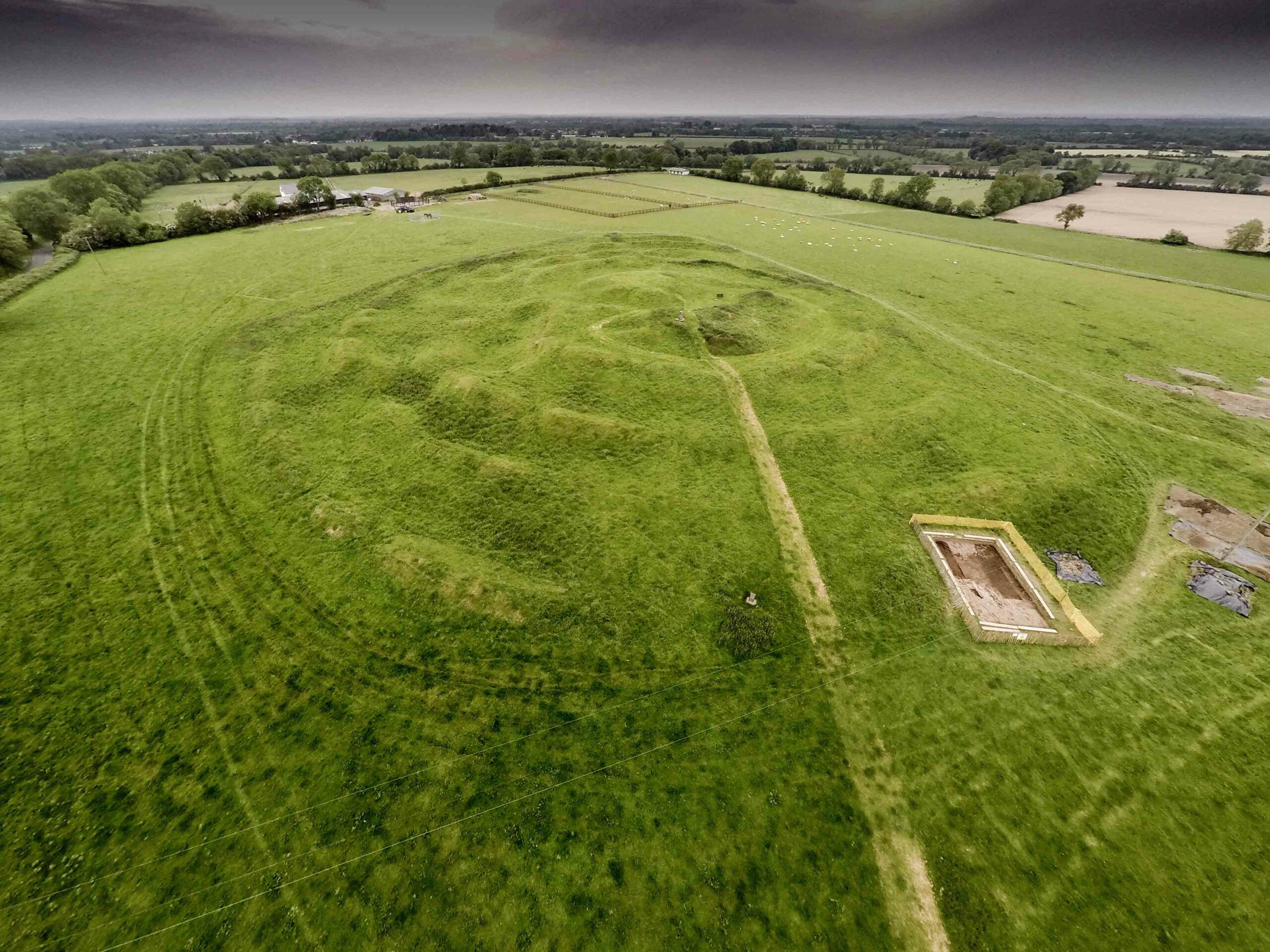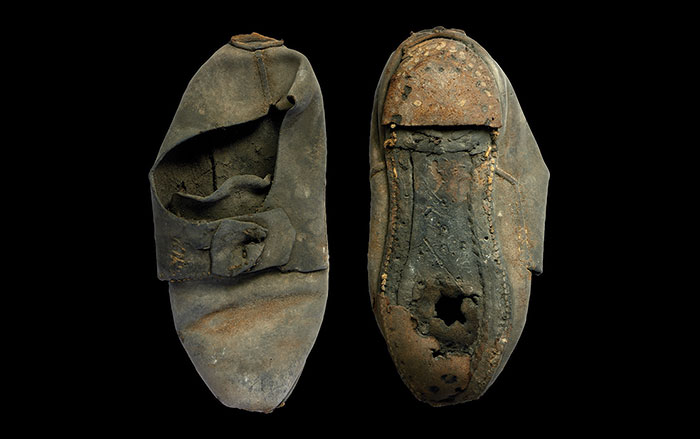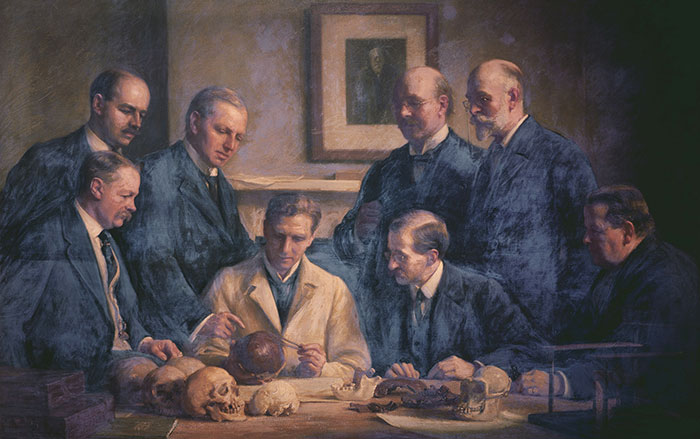
WEST LAFAYETTE, INDIANA—Science Magazine reports that traces of human remains and a deadly virus have been detected in pottery unearthed at Heuneburg, an Iron Age hillfort in Germany. A team led by Conner Wiktorowicz of Purdue University washed the pottery fragments with detergent to remove any residues on them, and then isolated and analyzed protein fragments in the residues. The results were compared to a national protein database, revealing that the pots contained human blood and organs. This is the first time that archaeologists have encountered human remains in pottery vessels in this region during the period between 600 and 450 B.C. Additional proteins in the residues suggest that the individual had Crimean-Congo hemorrhagic fever virus, which is transmitted by ticks. Scholars now want to know if there was an epidemic of the disease in Iron Age Germany. The investigation also shows that protein analysis could help scientists identify other ancient viruses, which are usually studied through their nucleic acids. “Recovering nucleic acids from ancient viruses is extremely difficult and plagued by contamination,” says forensic anthropologist Angelique Corthals of the City University of New York. “Virus proteins are more readily accessible and less prone to degradation.” To read more about this period, go to "Hillforts of the Iron Age."


